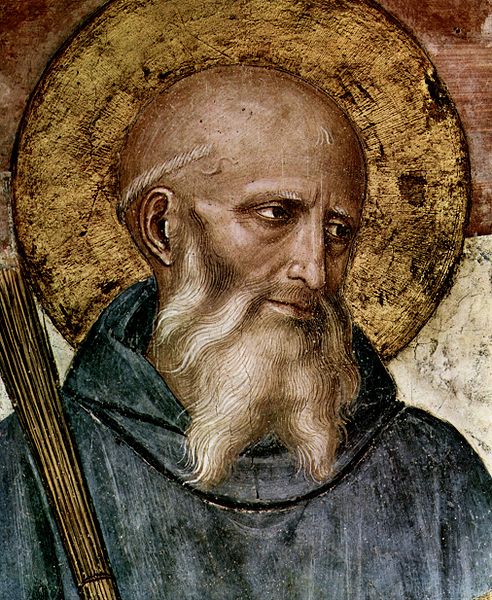Christianity in the Middle Ages
Christianity in the Middle Ages covers the history of Christianity from the fall of the Western Roman Empire. The end of the period is variously defined. Depending on the context, events such as the conquest of Constantinople by the Ottoman Empire in 1453, Christopher Columbus's first voyage to the Americas in 1492, or the Protestant Reformation in 1517 are sometimes used.
Brothers Cyril and Methodius bring Christianity to the Slavic peoples.
Mosaic of Justinian I in the church of San Vitale, Ravenna, Italy
Christians and Pagans, a painting by Sergei Ivanov
Saint Remigius baptises Clovis.
Christianity in the 6th century
In 6th-century Christianity, Roman Emperor Justinian launched a military campaign in Constantinople to reclaim the western provinces from the Germans, starting with North Africa and proceeding to Italy. Though he was temporarily successful in recapturing much of the western Mediterranean he destroyed the urban centers and permanently ruined the economies in much of the West. Rome and other cities were abandoned. In the coming centuries the Western Church, as virtually the only surviving Roman institution in the West, became the only remaining link to Greek culture and civilization.
Saint Benedict, father of Western monasticism and author of Rule of St Benedict. Detail from fresco by Fra Angelico, c. 1437–46.
Mosaic of Justinian I in the church of San Vitale, Ravenna, Italy
Christians and Pagans, a painting by Sergei Ivanov
Saint Remigius baptises Clovis.





